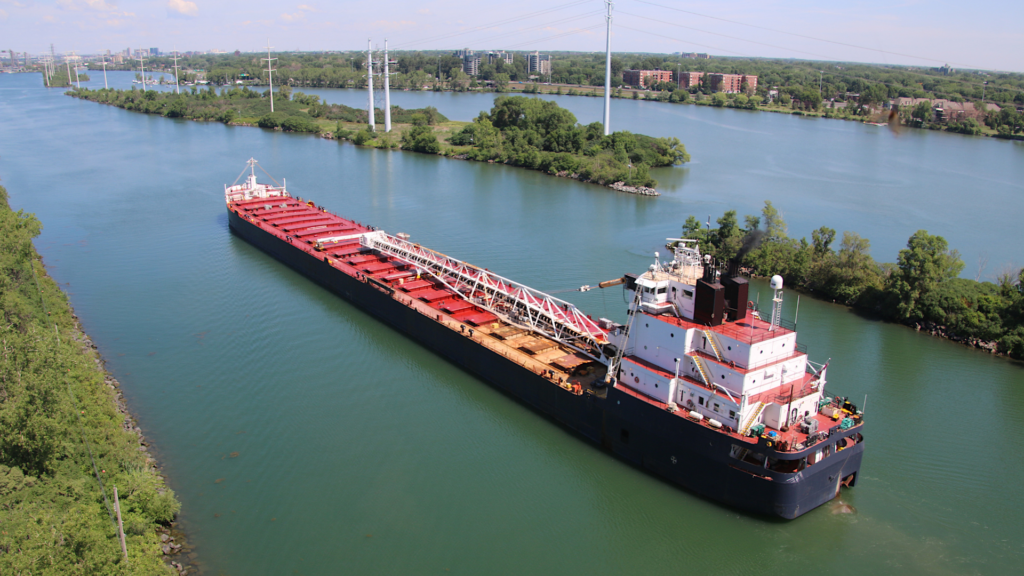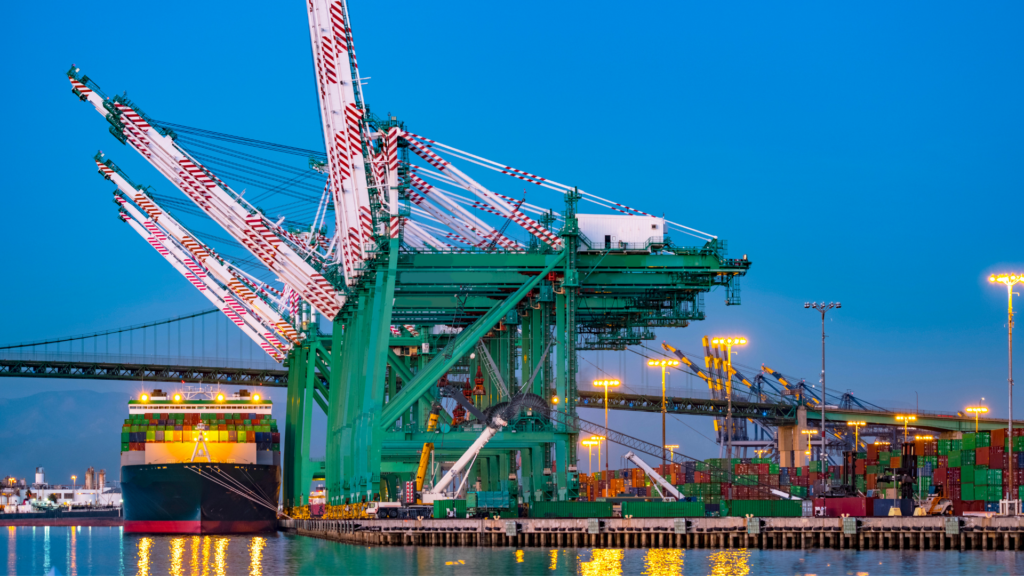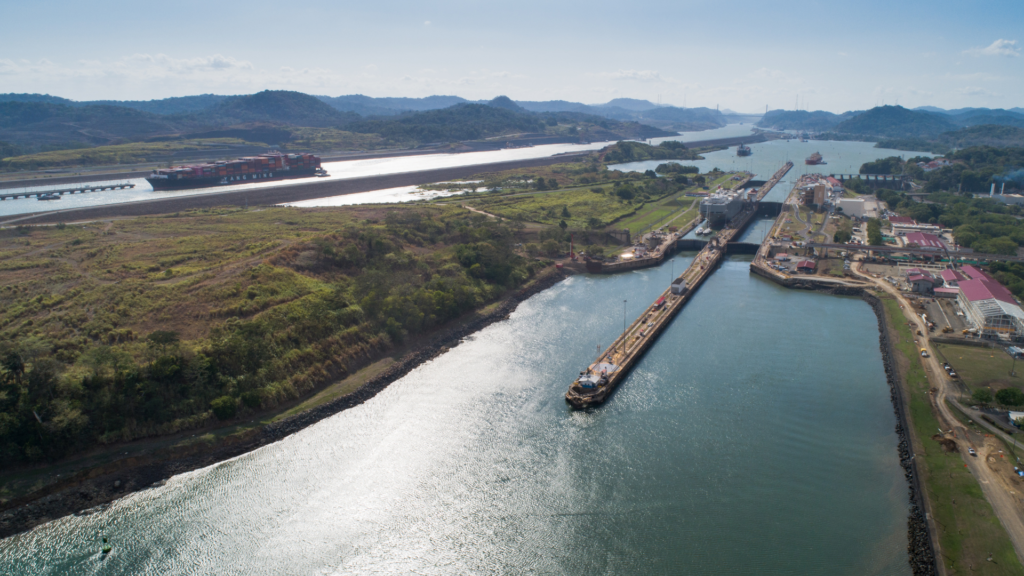Labor Strikes, Recovery Mode, and Change in Canals.
Your weekly All-Ways round-up of Supply Chain news.
Backlog Building
Over 100 vessels are unable to pass the St. Lawrence Seaway because of a dispute between the St. Lawrence Seaway Management Corporation and UNIFOR. UNIFOR union workers walked out a week ago, demanding higher pay and a better work environment.
This is an important maritime trade route between the Great Lakes and the Atlantic Ocean as it’s a key waterway to export grain, iron ore, petroleum products, stone, coal, and other commodities from the Canadian prairies and US Midwest to Europe and other parts of the world.
"This shutdown is a matter of grave concern for us and numerous local businesses, given its substantial economic ramifications,” Will Friedman, President and CEO of the Port of Cleveland wrote in a letter to the Canadian Ministers of Labor and Transportation. “This vital waterway is the linchpin of trade and the movement of goods to and from Cleveland. The interruption is particularly disruptive, occurring just before the end-of-season cargoes are expected, and as winter approaches. The consequences include a halt in exports from Cleveland to overseas destinations, and end-of-year cargoes cannot reach businesses relying on them in Cleveland.”
Returning West
The ports on the West Coast have seen cargo return from the East and Gulf Coasts since August when the PMA and ILWU finalized a labor agreement after 15 months of unrest.
Container and chassis dwells and truck turn times remain low at the LA/LB Ports which indicates that operations are running smoothly even as import volume increased 20% year-over-year in September. Cargo handled in the West Coast ports was up 12.8% year-over-year in September and increased by 3.2% from August 2023.
Most recently, the Panama Canal drought along with impending East Coast labor talks are driving cargo Westwards.
Canal Troubles
The drought in the Panama Canal is worsening and will likely become a more regular occurrence as the country has underdeveloped water reservoirs and increasingly drier weather.
While at first, the container shipping industry was minimally impacted by draft limits. Now, however, it’s hurting carriers' bottom lines as they increase their blank sailing programs to match weak demand but the shipload needs to be light enough to pass through the canal. Tankers and bulk vessels are the most impacted by the limits.
Shipping through the Suez Canal, on the other hand, avoids these issues. With the China Plus One model in place, the Suez Canal is becoming a preferred route to transport cargo from Southeast Asia to America.
However, the East Coast ports will need to update equipment and invest in dredging in order to handle the larger ships that are starting to come from Asia.




